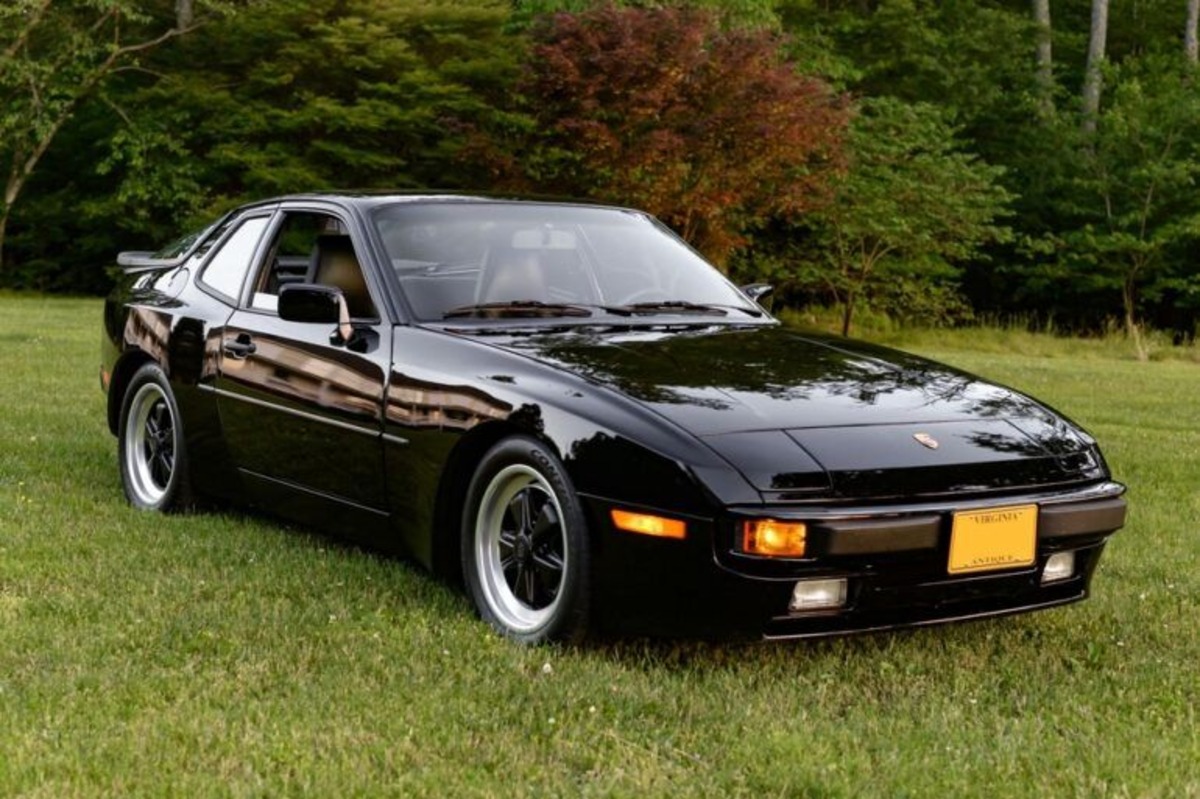When it comes to automotive engineering, few nations have a reputation as enduring and globally recognized as Germany. Synonymous with precision, performance, and prestige, German cars have long been seen as the gold standard for drivers seeking the perfect blend of luxury and driving dynamics.
From the curvy backroads of Bavaria to the limitless straightaways of the autobahn, German automakers like BMW, Mercedes-Benz, Audi, Porsche, and Volkswagen have cultivated images of power, refinement, and innovation. Their vehicles are driven by heads of state, celebrities, and anyone who wants a badge that signifies engineering excellence. But behind the leather-wrapped steering wheels and aggressive styling lies a hard truth many owners discover too late: not all German cars are created equal.
There’s a widespread assumption—especially in the used car market—that buying German is buying quality. And while that may have held decades ago when cars were simpler and more mechanically driven, the landscape has changed dramatically in the modern age.
Today’s German cars are as much rolling computers as they are machines. They come packed with advanced electronics, turbocharged engines, air suspension systems, active steering, and other cutting-edge features.
These innovations offer incredible driving experiences—but often come with steep maintenance costs, reliability issues, and frustrating ownership quirks that don’t appear on the spec sheet. For many buyers, the dream of owning a German car quickly devolves into a waking nightmare of check engine lights, electronic gremlins, and five-figure repair bills.
However, this isn’t a simple “German cars are bad” story. In fact, nestled among the high-maintenance divas are a handful of reliable champions—cars that defy the stereotype and prove that durability and German engineering can, in fact, go hand in hand.
These vehicles tend to fly under the radar, overshadowed by flashier, more problematic siblings in their brands’ lineups. Yet, with proper maintenance and a little owner knowledge, these models can offer long-term value, reasonable upkeep costs, and satisfying driving experiences. They represent the sweet spot in German automotive design—complex enough to be engaging, but simple and well-built enough to survive the test of time.
Then there are the true money pits. These are the cars that look like a steal on the used market. They often have luxury features, powerful engines, and badge appeal, but beneath the surface, they hide a litany of flaws. Some are plagued with notoriously unreliable engines.
Others have labyrinthine electronics systems that fail with age and cost thousands to repair. Still more suffer from design flaws that require engine-out service for otherwise minor repairs. What all these cars have in common is that their long-term ownership costs far exceed what most buyers expect—or can afford. It’s not unusual to see these vehicles sell for a fraction of their original MSRP, but that depreciation is often less a bargain and more of a warning sign.
In this article, we’re diving deep into the best and worst of German car reliability. We’ll start with five German cars that are secretly reliable—models that go against the grain and have earned respect among mechanics and long-time owners alike for their durability and sensible design.
From everyday sedans to sports cars and diesel legends, these are vehicles you can drive without fear of being held hostage by repair bills. Following that, we’ll take a candid look at five German cars that are notoriously expensive to own, models that may seem alluring but will likely leave you with buyer’s remorse—and a mechanic on speed dial.
Whether you’re a first-time German car buyer, an enthusiast looking for your next project, or simply curious about what lies beneath the polished surfaces of these machines, this guide will help you make informed decisions. It’s not just about what’s cool or fast—it’s about what lasts. The world of German cars is full of both mechanical marvels and expensive missteps. Let’s separate the legends from the liabilities.
Also Read: Top 10 Long-Lasting Cars That Get Over 30 MPG
5 German Cars That Are Secretly Reliable
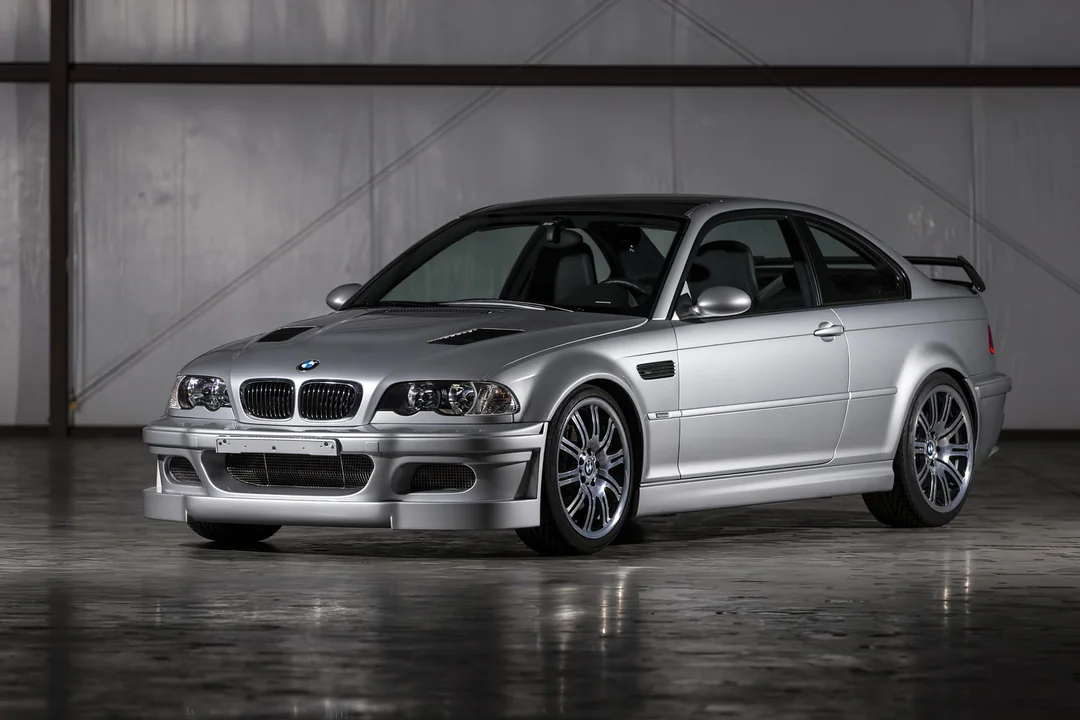
1. BMW E46 3 Series (1999–2006)
At first glance, the BMW E46 may seem like just another entry in a long line of sporty compact sedans, but dig a little deeper and you’ll find that it has become one of the most beloved BMWs for a reason—and not just because of its performance or style.
Produced from 1999 to 2006, the E46 marked the last era of BMWs before the heavy reliance on complex electronics and turbocharging, which would later compromise the reliability of many of the company’s vehicles. With its naturally aspirated inline-6 engines, straightforward design, and rock-solid build quality, the E46 stands as a dependable workhorse with a genuinely enjoyable driving experience.
What makes the E46 so reliable compared to its successors is its mechanical simplicity and robust engineering. The engines most commonly found in these models, particularly the M52 and M54 inline-6s, are capable of racking up hundreds of thousands of miles with regular oil changes and basic maintenance.
Unlike later turbocharged engines that are more prone to heat-related issues, carbon buildup, and complicated servicing, these naturally aspirated engines rely on tried-and-true technology. Valve cover gaskets and cooling system components like the radiator and water pump will need attention over time, but these are well-documented issues and relatively affordable to repair.
Another major strength of the E46 is the community and aftermarket support that surrounds it. Since these cars are so popular among enthusiasts and DIYers, parts, guides, and tutorials are abundantly available, making ownership much less intimidating.
You can easily find replacements for common wear-and-tear items at reasonable prices, and there are countless online forums where experienced owners share troubleshooting advice and walkthroughs. This ecosystem of support reduces the long-term cost of ownership and empowers more hands-on drivers to perform repairs themselves, further boosting the car’s reputation as a reliable classic.
Moreover, the E46 has aged remarkably well in terms of build quality and driving feel. The interior materials, while not luxurious by today’s standards, remain solid and wear-resistant, and the car’s mechanical feedback is still widely praised as one of the most balanced in the segment.
It offers that elusive BMW “ultimate driving machine” experience without the same level of financial risk associated with newer models. For anyone looking for a reliable German car that still delivers excitement behind the wheel, the E46 is an underrated gem worth seeking out.
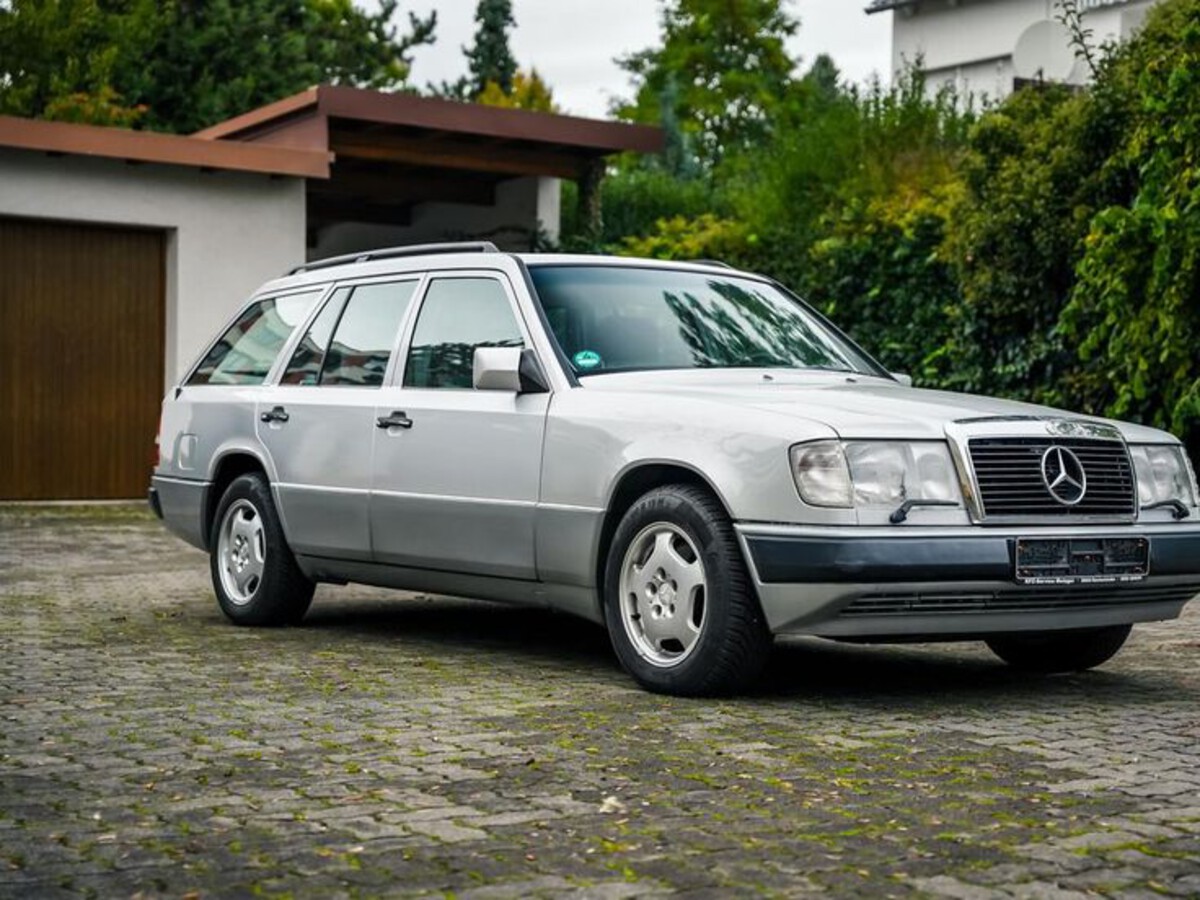
2. Mercedes-Benz W124 (1985–1996)
The Mercedes-Benz W124 is a car that earned its reputation through quiet endurance. Unlike many modern luxury vehicles that seem to prioritize features over longevity, the W124 was engineered with a philosophy that emphasized quality over gimmicks.
Built from 1985 to 1996, this mid-size Mercedes is often regarded as one of the last true “million-mile” cars—a title not given lightly. In an era when durability and long-term usability mattered deeply to engineers, the W124 emerged as a masterpiece of intelligent, overbuilt German design.
One of the primary contributors to the W124’s bulletproof reputation is its range of engines, especially the OM602 and OM603 diesels, which are legendary for their ability to cover enormous distances with minimal trouble. These engines are relatively low-stress and built with heavy-duty internals that allow them to withstand high-mileage use without requiring major overhauls.
Even the gas-powered inline-6 engines, like the M103, are known for their smooth operation and ability to last well beyond 250,000 miles with only routine maintenance. Maintenance tasks like valve adjustments, timing chain inspections, and injector servicing are all within reach of a competent home mechanic.
What further distinguishes the W124 is its thoughtful mechanical layout and design philosophy. Components were built not just for performance, but for serviceability and longevity. For example, the multi-link rear suspension—a revolutionary design at the time—offered both excellent ride quality and durability.
The vehicle’s electrical system was also designed with simplicity and long-term durability in mind. Unlike the delicate, glitch-prone systems found in later Mercedes models, the W124’s electronics are basic, resilient, and straightforward to repair.
Finally, it’s impossible to overlook the W124’s cabin experience, which is perhaps one of its most surprising strengths. The interior is constructed with materials that wear exceptionally well, and the ergonomics were ahead of their time. It exudes a quiet confidence rather than flashy opulence.
You won’t find complicated touchscreens or flashy lighting here, just quality you can feel and simplicity that endures. For those who seek a dependable, timeless German vehicle that combines grace with grit, the Mercedes-Benz W124 is the gold standard.
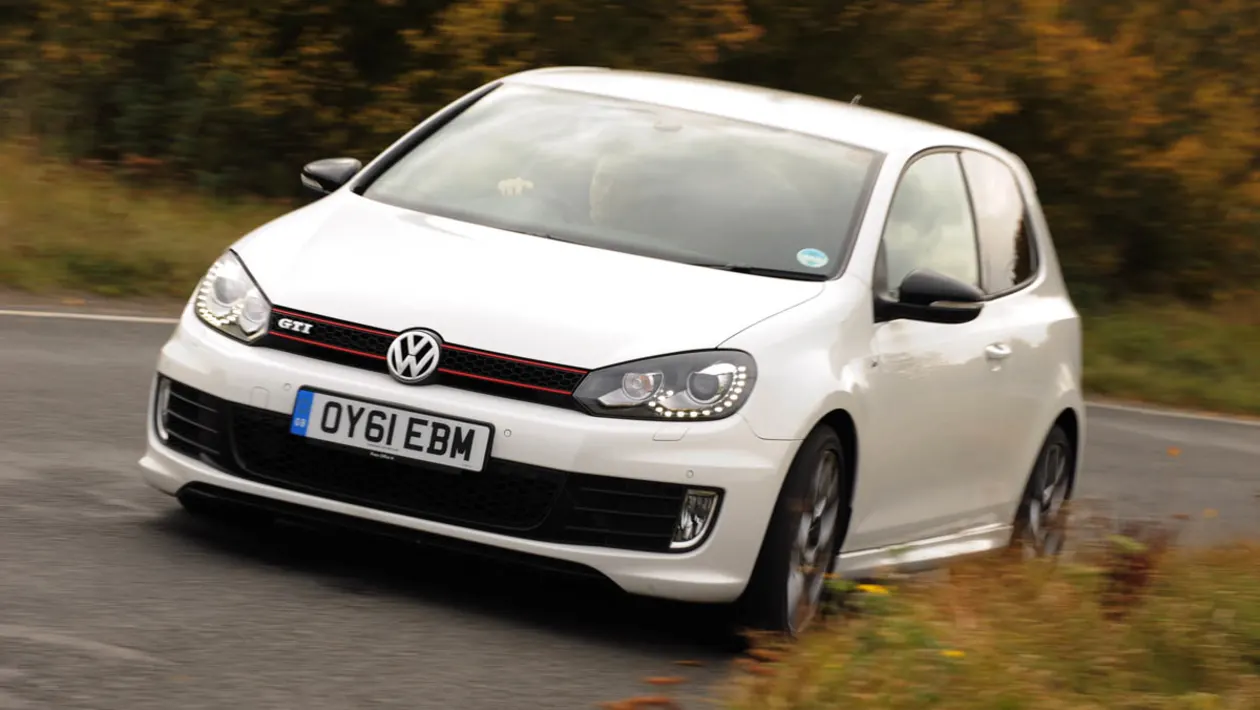
3. Volkswagen Golf Mk4 (1999–2004)
The fourth-generation Volkswagen Golf, particularly in its naturally aspirated gasoline variants like the 2.0L “AZG” engine, has proven to be an unexpectedly reliable option from a brand that has a mixed reliability record.
Introduced in 1999 and sold until 2004 in North America (longer in some markets), the Mk4 Golf was well-regarded at the time for its clean design, solid build quality, and functional interior. But what makes it stand out today is how well some versions have aged, especially when maintained correctly.
The key to the Mk4’s durability lies in its mechanical simplicity. While turbocharged versions like the 1.8T or VR6 gained more enthusiast attention, the base 2.0L naturally aspirated engine (dubbed the “2.slow” by critics) ended up being the most reliable option in the long run.
It may lack power, but its ease of maintenance, straightforward design, and minimal failure points make it an ideal choice for anyone looking for a dependable daily driver. Paired with a simple 5-speed manual transmission, it’s a drivetrain combo that can go for hundreds of thousands of miles with regular oil changes, timing belt replacements, and cooling system upkeep.
In terms of build quality, the Mk4 Golf was a step above many of its contemporaries. Volkswagen used high-quality materials inside the cabin, including soft-touch plastics, well-bolstered seats, and a design that emphasized both driver comfort and practicality.
Rust protection was also significantly improved compared to earlier models, particularly in cars that were maintained in drier climates. The car’s conservative styling also means it hasn’t aged as poorly as some early 2000s competitors, making it an appealing choice on the used market.
While not entirely without its quirks—window regulators and door lock modules are known to fail—the Golf Mk4 is a car that can be owned on a budget if you stick to the simpler variants. Replacement parts are cheap and widely available, and there’s a vast community of enthusiasts who can help troubleshoot any issues that arise. If you’re looking for an affordable, reliable German hatchback that doesn’t come with the headaches of newer tech-laden models, the Mk4 Golf is an underrated winner.
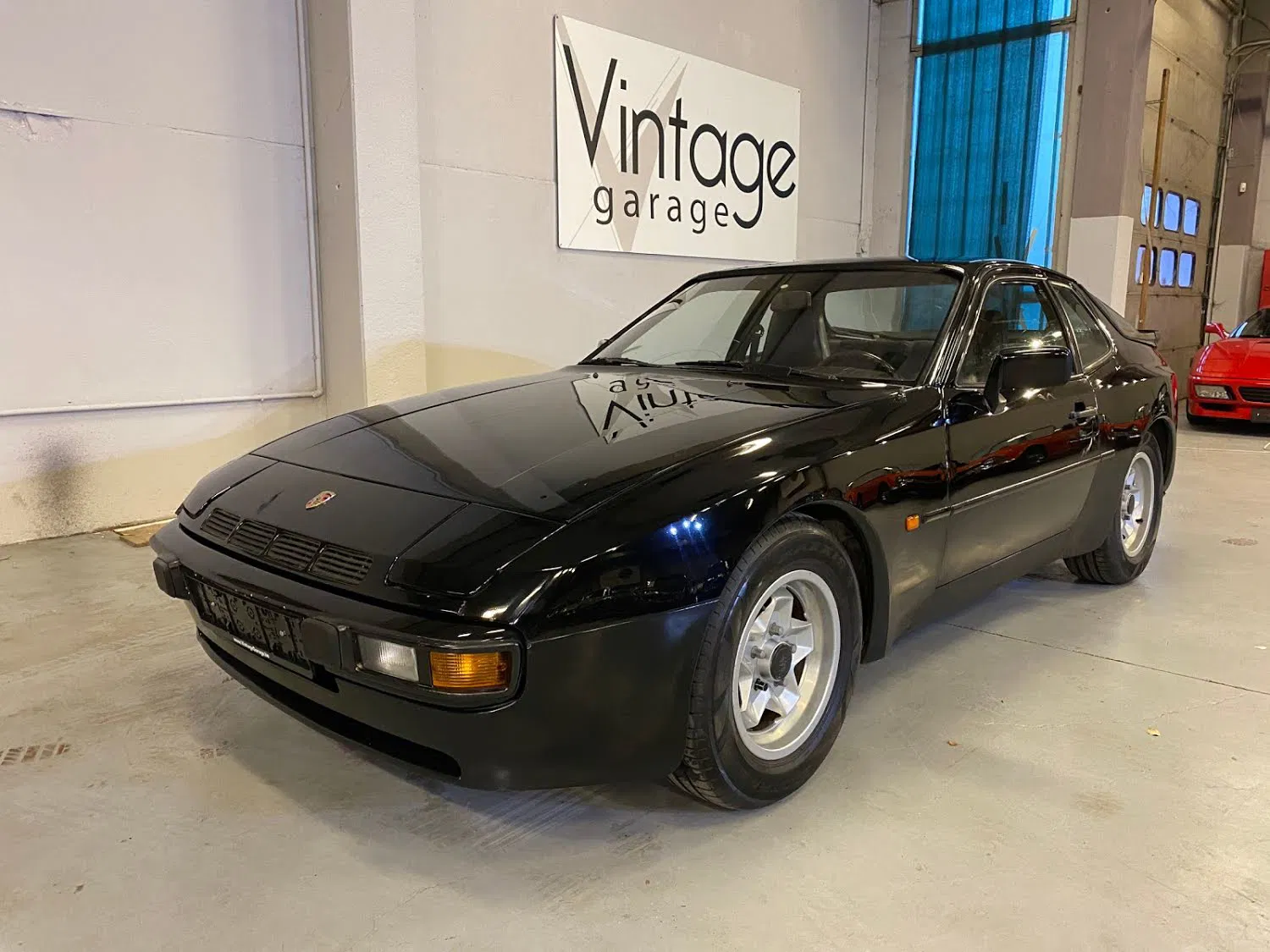
4. Porsche 944 (1982–1991)
It might come as a surprise to see a Porsche on a list of reliable German cars, especially given the brand’s reputation for pricey repairs and high-end maintenance. But the Porsche 944, produced from 1982 to 1991, is the exception to that rule.
Unlike its more exotic siblings, the 944 was designed to be an accessible, daily-drivable sports car with a focus on balance and usability. Beneath its sleek lines and sports car handling lies a platform that—when properly maintained—can go the distance with fewer problems than you might expect from a vehicle bearing the Porsche crest.
A large part of the 944’s reliability stems from its relatively simple front-engine, rear-wheel-drive layout. The car is powered by a robust inline-4 engine (initially based on a cut-down version of the 928’s V8), and while not particularly powerful by modern standards, it’s well-built and capable of high mileage.
Routine maintenance like timing belt and water pump replacement is crucial, but once these are handled, the 944 proves to be remarkably durable. The absence of turbocharging in the base models also means fewer heat-related issues and less mechanical stress over time.
The 944’s build quality is also noteworthy. Porsche took its time engineering this model, focusing on weight distribution, solid handling, and quality materials throughout. The interior—though minimal—was built with care, and the ergonomics are surprisingly good for a car from the 1980s.
The chassis is strong, the suspension components are simple, and many 944s are still running on their original drivetrains decades later. With a manual gearbox, basic Bosch fuel injection, and analog controls, the 944 embodies a kind of mechanical purity that modern cars often lack.
Another benefit to owning a 944 today is the enthusiastic owner community and strong aftermarket support. While some parts are Porsche-specific and come with premium pricing, many shared components can be sourced affordably. DIY repairs are entirely possible, and many owners even perform their own timing belt service.
If you’re after a classic German sports car that you can drive and enjoy without constant fear of wallet-destroying repairs, the Porsche 944 should be on your shortlist.
5 German Cars That Are Money Pits
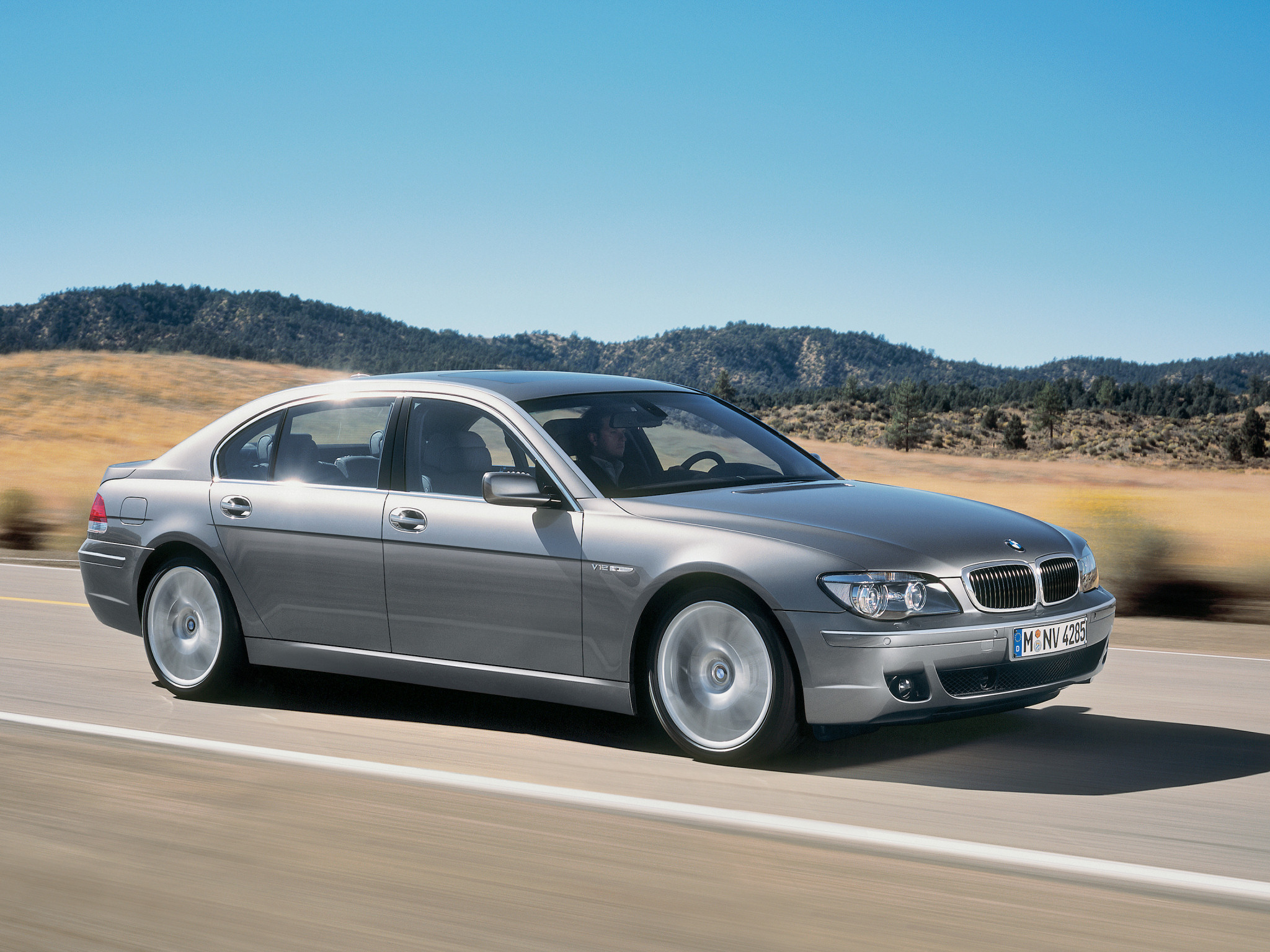
1. BMW 7 Series (E65/E66, 2002–2008)
The BMW 7 Series E65/E66 generation, launched in 2002, was a groundbreaking luxury flagship, packed with technology that made headlines at the time. It introduced the world to BMW’s new iDrive system, featured an updated design language courtesy of Chris Bangle, and came loaded with features like active anti-roll bars, self-leveling air suspension, and a labyrinth of comfort-oriented innovations.
While it was technologically ambitious, the reality of owning one quickly revealed the dangers of stuffing too much cutting-edge tech into a luxury car without long-term support in mind. What seemed like a marvel of modern engineering in the showroom turned into a mechanical nightmare for many second-hand buyers.
Under the hood, the E65/E66 was often powered by the N62 V8 engine, a motor that, while powerful and smooth, is also notorious for an array of mechanical issues. Valve stem seal leaks, timing chain guide failures, and VANOS system malfunctions are all common, and fixing any one of them often involves tearing apart half the engine bay.
The cost of labor alone is staggering, even before factoring in expensive replacement parts. These engines also suffer from coolant pipe leaks in the V of the engine, which can require engine-out service to address. Most independent shops won’t touch these repairs, and dealerships charge eye-watering amounts for even basic service.
Beyond the engine bay, the 7 Series’ onboard electronics present a whole separate category of headache. The early versions of iDrive were buggy and difficult to navigate, and over time, the system tends to freeze, fail to boot, or lose communication with key components like the transmission or climate control.
Adding to the frustration, the car is packed with proprietary modules that frequently fail—everything from door soft-close motors to active steering controllers. Diagnosing these issues often involves dealership-level computers, meaning DIY repairs are nearly impossible unless you’re highly specialized.
Air suspension failures, transmission issues, battery drain problems, and complex brake-by-wire systems round out the horror show. Even a simple alternator replacement can trigger multiple cascading errors due to the car’s interlinked network of control modules.
As these cars age, they become more temperamental and less cost-effective to maintain. The E65/E66 7 Series is a cautionary tale in excess—it may be a joy to drive when everything works, but the upkeep required to keep it functional can quickly outpace the car’s actual value. For most buyers, it’s the ultimate example of a luxury car turned money pit.
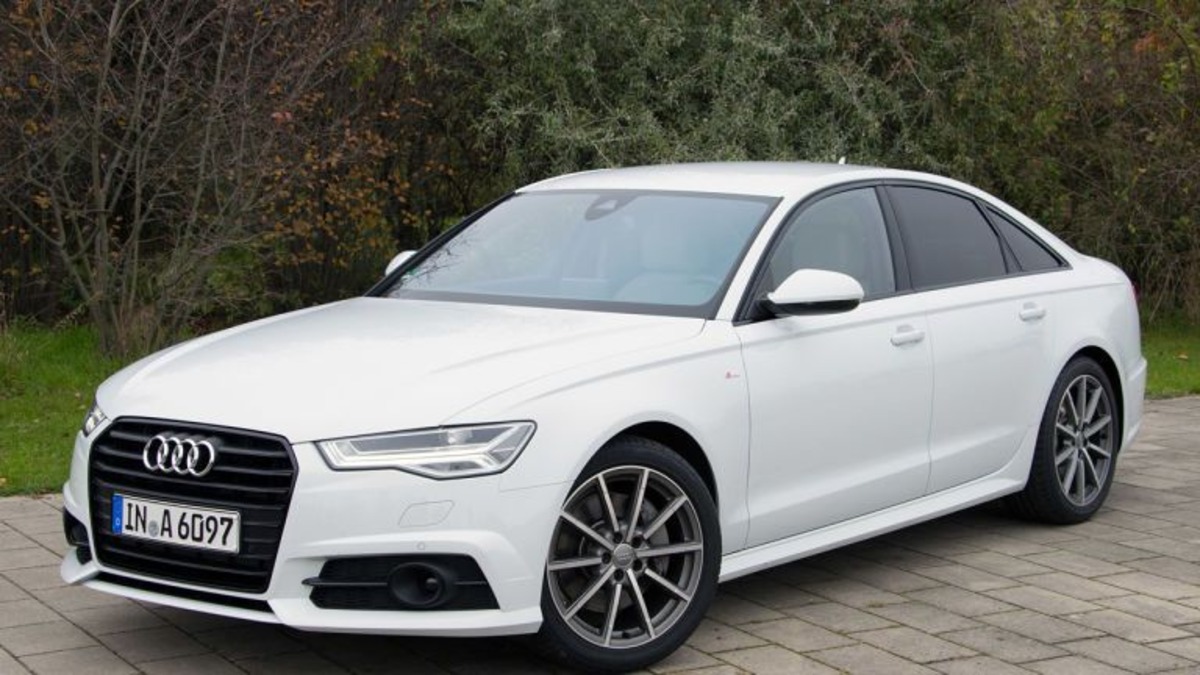
2. Audi A6 3.0T (C6, 2005–2011)
At first glance, the Audi A6 C6 generation seems like a strong proposition in the luxury midsize sedan category. With refined styling, a spacious interior, and powerful engine options, it offers a compelling mix of comfort and performance. However, the 3.0T variant, which uses a supercharged V6 engine, is riddled with expensive problems that often surface long before the car reaches 100,000 miles.
While the engine itself delivers solid performance when new, it’s also burdened with a complex layout, sensitive components, and poor long-term reliability—all of which contribute to its infamous status as a money pit.
The EA837 3.0T engine might seem like a step up from the older turbocharged 2.7T, but in practice, it’s hardly more reliable. It suffers from carbon buildup on the intake valves due to direct injection, which requires periodic walnut blasting—a service that’s both labor-intensive and costly.
The crankcase ventilation system is known to fail, and when it does, it causes oil leaks and high crankcase pressure, which can lead to further issues like blown gaskets. Water pump failures are frequent, and because of the engine’s packaging, even relatively simple repairs can require removing the front bumper and putting the car into “service position.”
Then there’s the issue of the timing chain. Unlike older Audi engines with external, belt-driven timing systems, the 3.0T uses a chain system mounted at the back of the engine, between the engine and transmission. When these chains start to stretch—and they do, often prematurely—it’s a monumental job to replace them. The labor involved can easily exceed $4,000, with total costs going even higher if guides or tensioners are damaged. For many owners, this repair alone is enough to render the car financially impractical to keep.
The car’s transmission, a ZF 6-speed automatic, can also be problematic, especially if fluid changes were neglected. Audi has long claimed “lifetime fluid” for these gearboxes, which has misled many owners into avoiding necessary servicing. The result is a transmission that often starts slipping or exhibiting hard shifts well before 120,000 miles.
Combined with the car’s fragile electronics—like the MMI system, navigation modules, and faulty sensors—it becomes clear why the A6 3.0T can drain your wallet far faster than you expect. It’s a luxurious experience, yes—but one that comes with a long and expensive receipt.
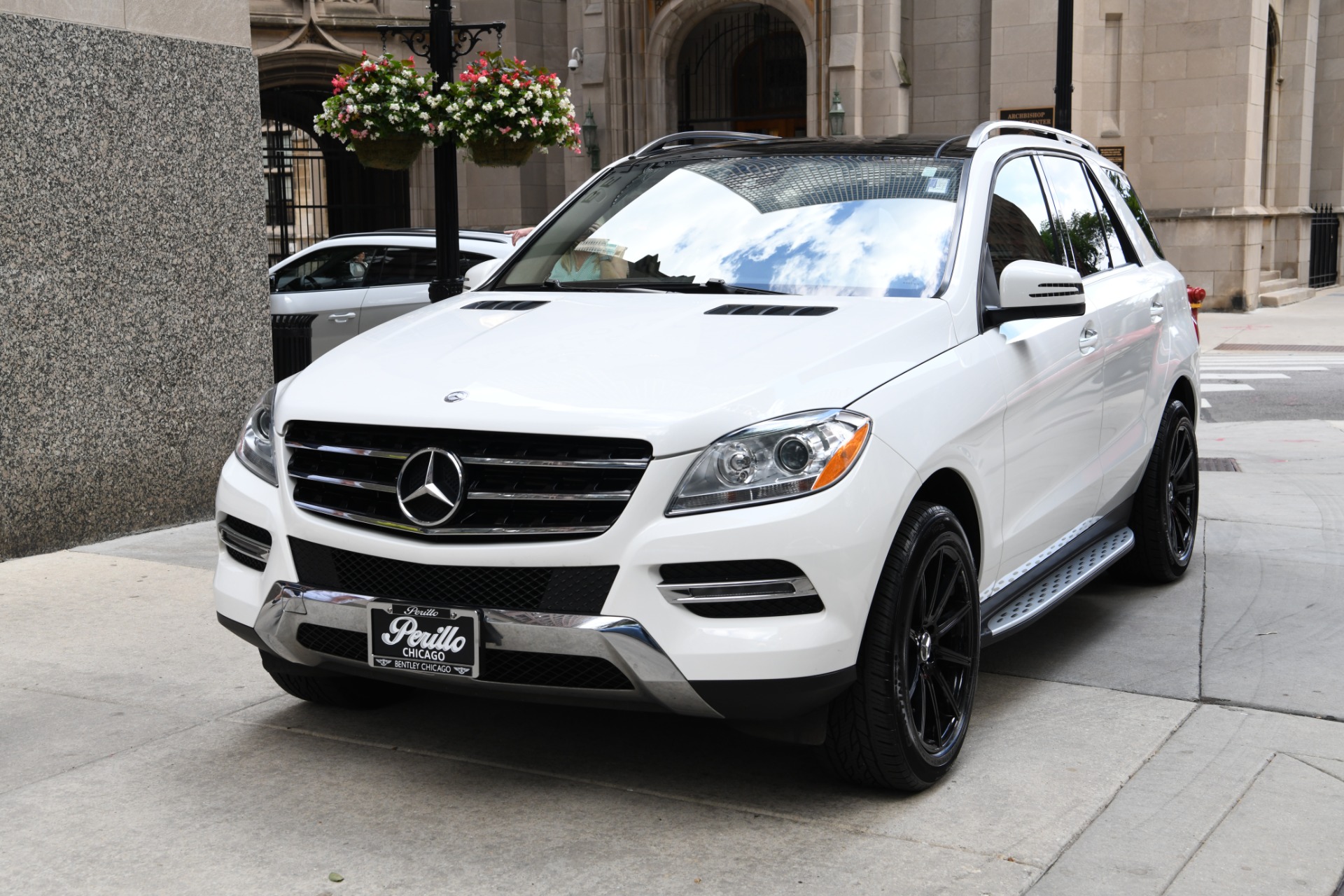
3. Mercedes-Benz ML350 (W164, 2006–2011)
The Mercedes-Benz ML350 from the W164 generation was designed to be a luxurious and capable SUV, blending utility with the elegance expected from the three-pointed star. Marketed as a family-friendly vehicle with the soul of a Mercedes, it quickly became a popular choice in its segment.
Unfortunately, what it offered in comfort and brand prestige, it often took back in long-term maintenance costs and reliability issues. Beneath the premium image lies a complex, over-engineered vehicle that becomes more expensive to own the older it gets.
Mechanically, the W164 ML350 features the M272 V6 engine, which was plagued with early manufacturing defects, most notably in its balance shaft gear. These gears were made of soft metal that would wear prematurely, often leading to a check engine light and rough engine operation.
Fixing this issue requires the removal of the engine and costs thousands of dollars in labor alone. Mercedes later corrected the problem in newer revisions, but early model years were disproportionately affected, and many are still on the road, posing a silent financial threat to unsuspecting buyers.
The ML350’s 7G-Tronic automatic transmission, while smooth when new, has its own set of problems. Many owners report harsh downshifting, hesitation, or failure to engage properly as the car ages. While the transmission is electronically controlled, it can develop issues with the conductor plate or valve body, both of which are not inexpensive to repair. Additionally, the transmission fluid, which was originally marketed as “lifetime fill,” often breaks down prematurely, contributing to early wear and internal damage.
Electronic systems in the W164 are yet another pain point. The ML350 is packed with features like COMAND navigation, power liftgates, and various driver assistance sensors. Unfortunately, many of these components begin to fail over time—often due to water ingress or simple wear and tear.
The power liftgate alone can cost over $1,000 to repair if the motor or latch mechanism goes bad. Air suspension failures are also common on 4MATIC-equipped versions, with replacement parts that are expensive and labor-intensive to install. All in all, the W164 ML350 offers the prestige of a Mercedes SUV—but it comes with a financial caveat that many owners regret ignoring.
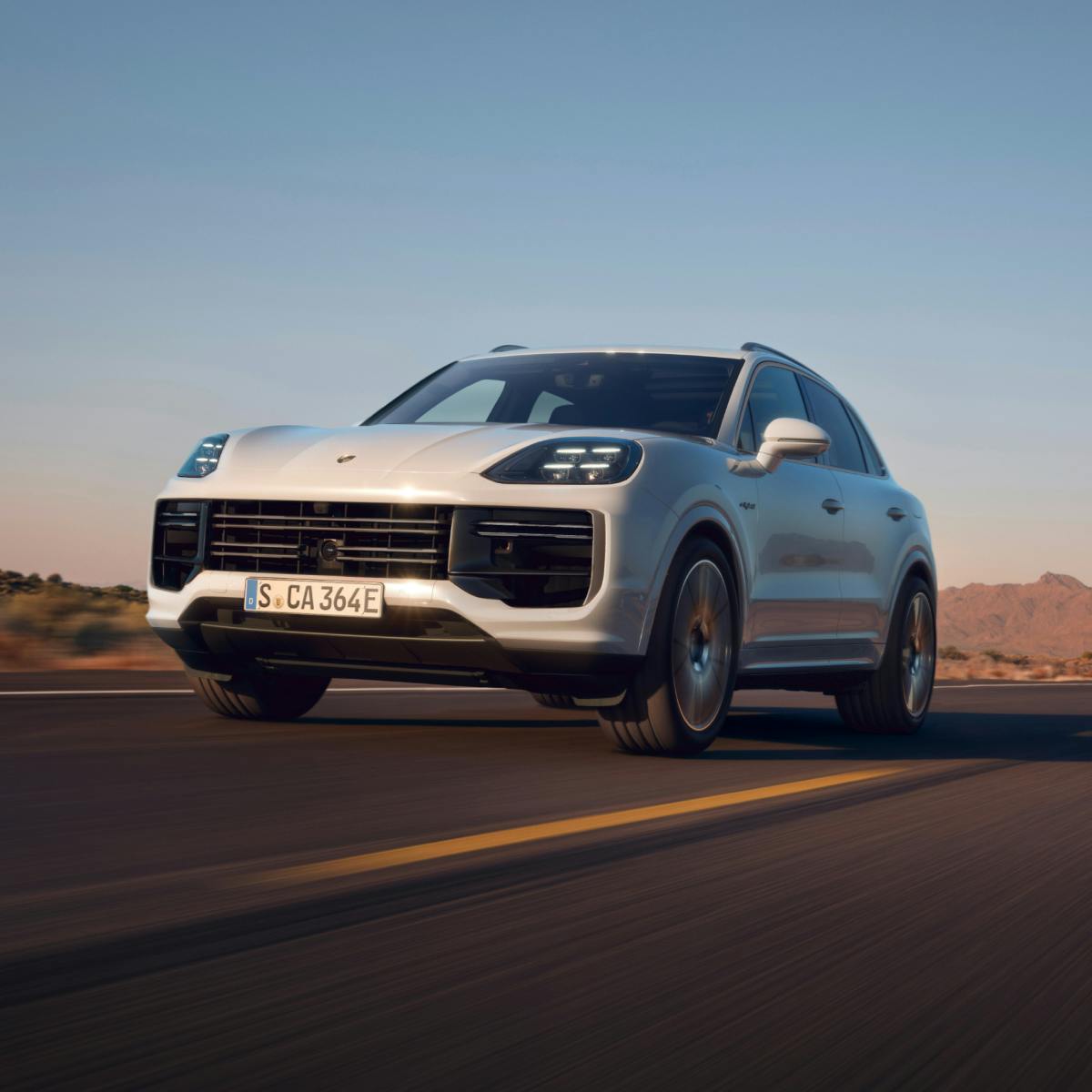
4. Porsche Cayenne Turbo (955/957, 2003–2010)
The Porsche Cayenne Turbo from the first and early second generation (955/957) was a revelation when it debuted—Porsche’s first foray into the SUV world, blending high performance with the utility of an all-wheel-drive platform. It was fast, comfortable, and oozed luxury from every angle.
However, with its performance pedigree came complex systems, expensive parts, and a maintenance profile more akin to an exotic sports car than a family SUV. For anyone drawn to its low used prices, the reality of ownership quickly replaces excitement with financial dread.
The 4.5-liter twin-turbocharged V8 in the early Cayenne Turbo models is an engineering marvel in terms of performance—but also one of the most failure-prone engines Porsche has ever made. Early units were plagued with issues like cylinder bore scoring, coolant pipe leaks, and turbo failure.
The plastic coolant tubes that ran through the engine valley were known to crack, spilling coolant and leading to overheating. Porsche later issued a retrofit kit with aluminum pipes, but many used Cayennes on the market today still haven’t had the upgrade. Replacing these pipes involves partial engine disassembly and can cost several thousand dollars.
Cylinder scoring is another nightmare scenario for Cayenne Turbo owners. This issue involves deep grooves forming inside the cylinder walls, leading to oil consumption, engine knock, and eventually catastrophic failure. There’s no inexpensive fix—once scoring sets in, the only real solution is a full engine rebuild or replacement, often costing over $10,000.
Turbochargers themselves are also known to fail prematurely, especially if the oiling system isn’t meticulously maintained. Replacing the turbos is an intensive job due to the engine layout, with costs ballooning rapidly.
The Cayenne’s luxury features, such as air suspension, variable ride height, and adaptive dampers, also become liabilities as the car ages. Each of these systems adds complexity and cost, and failure of a single air strut can run over $1,500. The PCM infotainment system is prone to freezing, and navigation modules often stop working.
With so many integrated features, even simple issues can snowball. In short, while the Cayenne Turbo offers performance to rival many sports cars, its long-term maintenance costs can rival those of a supercar—and that’s before you consider the $500 oil changes and $3,000 brake jobs.
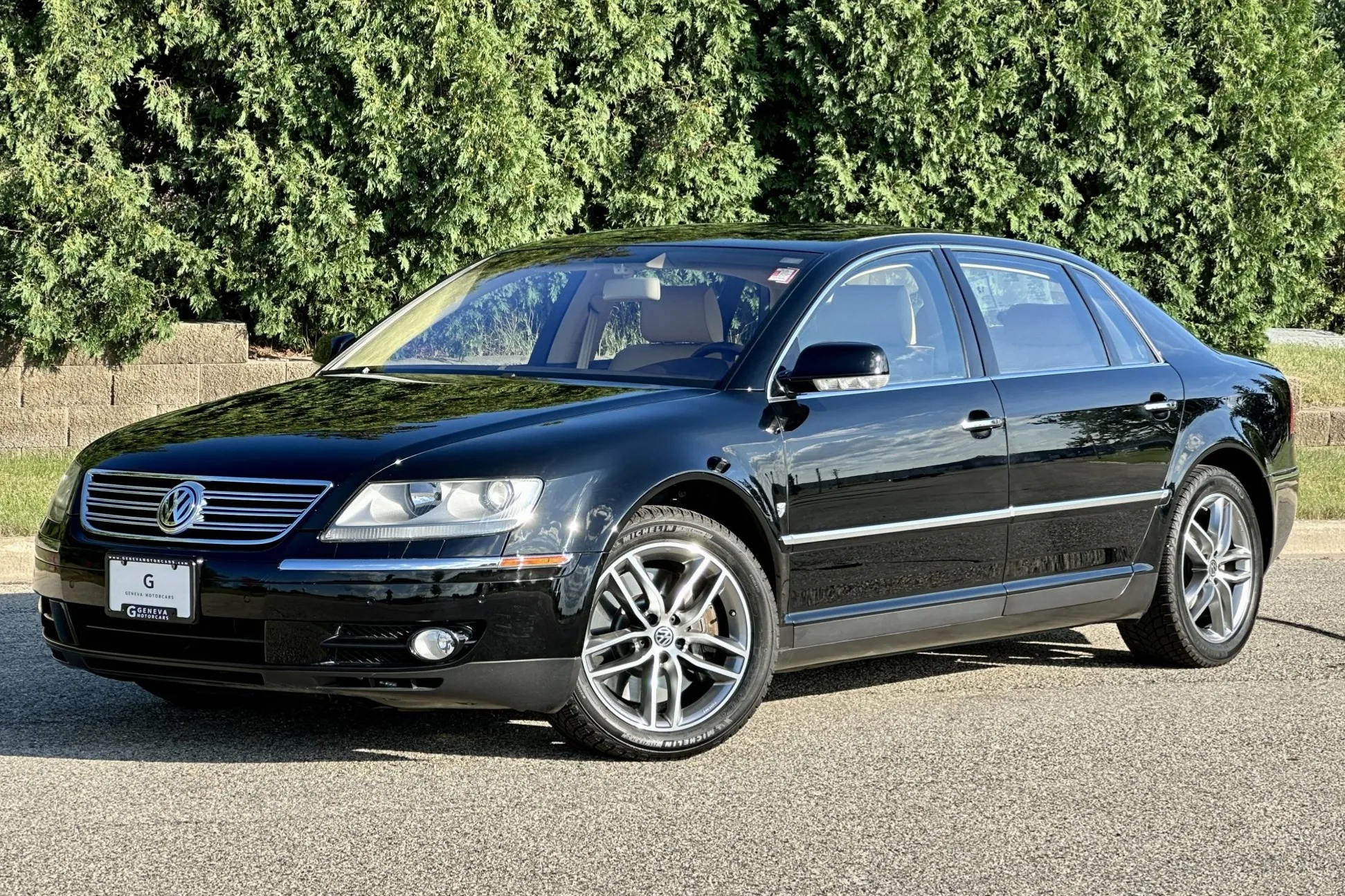
5. Volkswagen Phaeton (2004–2006, U.S. Market)
The Volkswagen Phaeton was one of the most ambitious and unusual cars VW ever built—a full-size luxury sedan designed to compete directly with the Mercedes S-Class and BMW 7 Series. Spearheaded by then-CEO Ferdinand Piëch, the Phaeton was a technical showcase meant to prove that VW could match or surpass Germany’s top-tier automakers in luxury and engineering.
On paper, it succeeded: it came loaded with a W12 engine, advanced climate control, air suspension, and a cabin quieter than most Rolls-Royces. However, from a real-world ownership perspective, the Phaeton was a financial disaster waiting to happen.
The car’s W12 engine, while smooth and powerful, is tightly packed and notoriously difficult to work on. Even routine maintenance tasks like replacing spark plugs or coils require removing multiple engine covers and hours of labor. The engine was shared with some Bentley models, and parts are priced accordingly.
If you’re unlucky enough to suffer from engine management problems or internal wear, repair costs can easily exceed the car’s market value. The V8 versions are slightly less risky, but still suffer from the same engineering excess that makes even minor repairs a major undertaking.
Beyond the powertrain, the Phaeton is packed with complex electronics—most of which were either proprietary or borrowed from Audi’s highest-end models. The climate control system has four separate zones, each with individual sensors and motors, and any one of them can fail, causing expensive and frustrating issues.
The infotainment system, derived from early Audi MMI tech, is now hopelessly outdated and prone to failure. When these modules stop working, replacements can be nearly impossible to source and reprogram outside of a dealership, which may not even support the vehicle anymore.
Perhaps the most infamous issue with the Phaeton is the difficulty in finding qualified service. Because so few were sold—especially in North America—most VW technicians have never worked on one, and few independent shops have the tools or knowledge to diagnose problems.
What should be a $200 repair on a Passat can balloon into a $2,000 ordeal on a Phaeton due to part sourcing and labor complexity. While it’s a marvel of engineering and comfort, the Phaeton is ultimately the definition of a money pit: an overengineered masterpiece that becomes a liability the moment the warranty runs out.
Also Read: 5 Toyota Hybrids With Long Lives and 5 That Constantly Glitch
German cars will always carry a certain mystique. The legacy of brands like BMW, Mercedes-Benz, Audi, Porsche, and Volkswagen is not just built on marketing or badge prestige—it’s built on decades of racing heritage, innovative technology, and an obsessive pursuit of driving perfection.
For many automotive enthusiasts and casual drivers alike, the idea of owning a German car symbolizes a step into a higher tier of motoring: more refined, more capable, more exhilarating. And in many cases, that dream holds. But as we’ve explored throughout this article, the reality of German car ownership is not so black and white. It’s a nuanced landscape—one filled with exceptional machines that go the distance, and others that go straight to the shop.
What makes this duality even more confusing is that the same car company can produce both a long-lasting gem and a financial nightmare within the same model year. Take BMW, for example: the E46 3 Series is regarded as a modern classic, known for its balanced chassis and relatively simple engineering that lends itself to high-mileage durability.
Meanwhile, the E65 7 Series—produced during the same era—is infamous for electronic failures, mechanical complexity, and staggering repair costs. This wide range of reliability within a single brand can make navigating the German car market incredibly challenging for buyers, especially those unfamiliar with the quirks of these vehicles.
The most important takeaway is that reliability often has less to do with the country of origin and more to do with specific design choices, component quality, and serviceability. The reliable German cars we covered—like the Mercedes-Benz W124 or the Porsche 944—were engineered during times when longevity was a core value.
They feature simpler, more robust mechanical systems and avoid the pitfalls of modern over-complexity. These vehicles continue to thrive today, not because they’re devoid of flaws, but because their issues are predictable, manageable, and well-documented. They offer enthusiasts the satisfaction of driving a German machine without the punishment of frequent, costly repairs.
On the flip side, the money pits we examined serve as cautionary tales for what can happen when technological ambition outpaces practicality. Vehicles like the Audi A6 3.0T or Porsche Cayenne Turbo are filled with impressive tech and blistering performance, but at the cost of reliability and affordability.
The engineering decisions that make these cars exciting when new often make them unsustainable in the long run, particularly for second or third owners who inherit the burden of deferred maintenance and expensive failures. These cars are not inherently bad—they are simply ill-suited for buyers expecting low-cost, hassle-free ownership.
S,o where does this leave potential buyers? The answer lies in education and realistic expectations. If you’re shopping for a German car, especially on the used market, do your homework. Don’t be swayed by appearances or a low price tag. Dig into forums, talk to owners, and find out what common issues you’re likely to face.
Look at service history, prioritize models with simpler engines, and don’t ignore warning signs like oil leaks, transmission slip, or glitchy electronics. Sometimes, walking away from a “great deal” is the smartest decision you can make.
On the other hand, if you find one of the truly reliable German models and you’re willing to invest in preventative maintenance, you may be rewarded with a vehicle that offers a near-perfect blend of daily drivability, performance, and quality. These cars can be more than just transportation—they can be experiences, connections to a culture of engineering excellence that still survives in pockets throughout the German automotive world.
In the end, owning a German car is a bit like entering into a relationship. When it’s good, it’s fantastic—passionate, exciting, rewarding. But when it goes bad, it can drain your bank account, your patience, and your love for driving. The key is knowing what you’re getting into before the honeymoon phase ends.
With the right knowledge, the right car, and the right care, you can enjoy the very best that German automotive engineering has to offer—without falling into the traps that have caught so many others by surprise.

